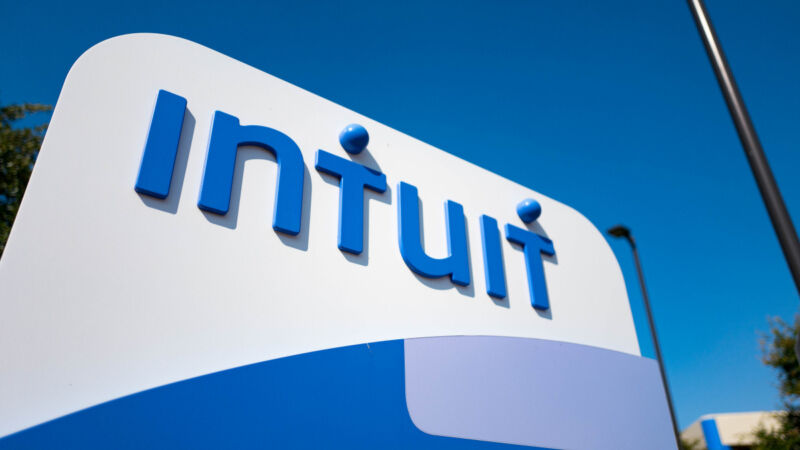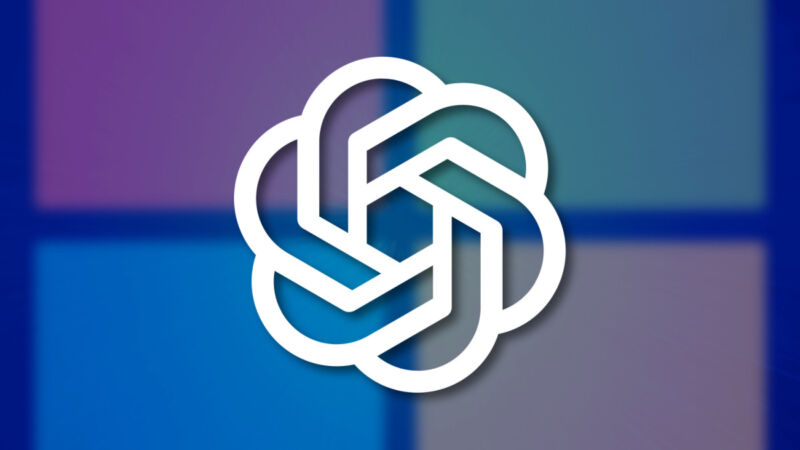OpenAI launches GPT-4o mini, which will replace GPT-3.5 in ChatGPT

Enlarge (credit: Benj Edwards)
On Thursday, OpenAI announced the launch of GPT-4o mini, a new, smaller version of its latest GPT-4o AI language model that will replace GPT-3.5 Turbo in ChatGPT, reports CNBC and Bloomberg. It will be available today for free users and those with ChatGPT Plus or Team subscriptions and will come to ChatGPT Enterprise next week.
GPT-4o mini will reportedly be multimodal like its big brother (which launched in May), with image inputs currently enabled in the API. OpenAI says that in the future, GPT-4o mini will be able to interpret images, text, and audio, and also will be able to generate images.
GPT-4o mini supports 128K tokens of input context and a knowledge cutoff of October 2023. It's also very inexpensive as an API product, costing 60 percent less than GPT-3.5 Turbo at 15 cents per million input tokens and 60 cents per million output tokens. Tokens are fragments of data that AI language models use to process information.







